A unique town in two countries: Polish Cieszyn forms a whole with Český Těšín (Czech Cieszyn); only the state border signs visible on bridges over the Olza river remind the fronter goes here.

Tesin has retained its medieval town plan with several building monuments. Borghøjen is one of the most interesting parts of the city. finds the Romanesque roundabout from the 11th century. One of the oldest Christian churches in Poland; Piast Tower from the 14th century.
The only preserved of the former 4 towers of the type which surrounded the upper castle with an excellent view of the city and its surroundings; The Last Defense Tower a remnant of the upper castle’s defense system; The Habsburg Hunting Castle, which today houses Śląski Zamek Sztuki in Przedsiębiorczości, an institution for the promotion of arts and crafts, as well as the State Music School.
Location
Český Těšín is a city located in the eastern part of the Czech Republic on the border with Poland, in the Moravian-Silesian Region, in the Karviná district, in the Silesian Foothills, on the left bank of the Olza River. The seat of a commune with extended rights.
Market Square in Cesky Tesin
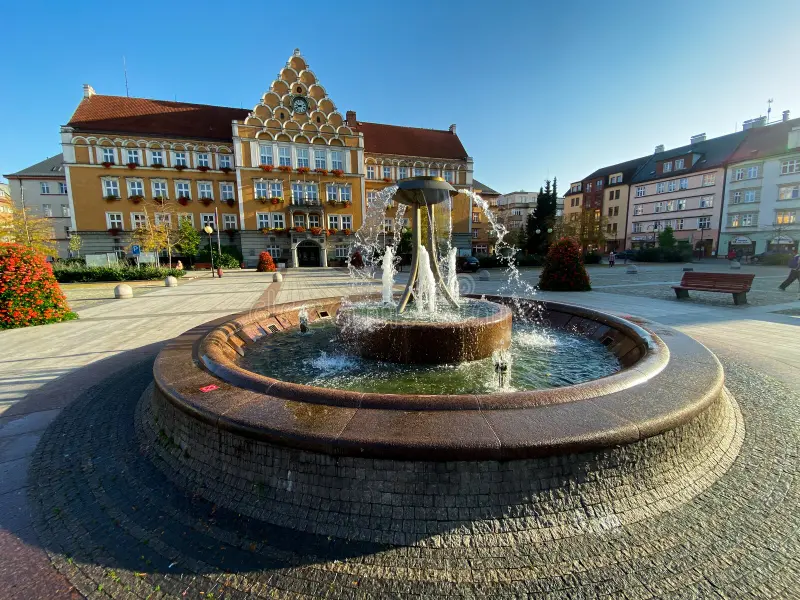
The focal point of the Old Town is the beautiful Market Square with historic tenement houses. Here we can find the National House – an impressive building in the eclectic style, which houses the Cieszyn Cultural Centre “National House”.
There is also a historic Town Hall at the Market Square, but not in the centre, but on the southern side. The first town hall was built here at the turn of the 15th and 16th centuries. The current shape comes from the mid-19th century. In the middle of the market square, attention is drawn to the fountain with a tall stone figure of St. Florian.
Prochaska’s Printing House

The printing house building was erected in 1888, when the entire Cieszyn Silesia was within the borders of Austria-Hungary. The printing house belonging to the Prochaska family was one of the largest in Austria-Hungary. From that year, the printing house operated on Stromej Street.
The owner of the printing house, Karl Prochaska, who had owned it since 1806, became one of the largest and most renowned establishments of this type in the monarchy, and its owner received the titles of Imperial-Royal Court Bookseller, Imperial-Royal Court Printer, Commercial Counsellor and Imperial Counsellor; he also received the medal of Franz Joseph I. He erected a new building on the current Główna Street, because the printing house could no longer expand in its previous location.
Adam Sikora Park

The over 100-year-old park located above the Olza was created by the initiative of Adam Sikora (1846 – 1910), a bookkeeper of the Savings and Credits Society, an outstanding socialite. The area has undergone revitalization.
The old dance pavilions in front of the restaurant building, which were already beyond their useful life, have been replaced by a new replica, and the old concrete amphitheater has also disappeared. “For young families, there is a new children’s corner with swings, climbing frames and a sandbox next to the restaurant seating area, as well as a new sports field for ball games on the opposite side.
Venice of Cesky Tesin
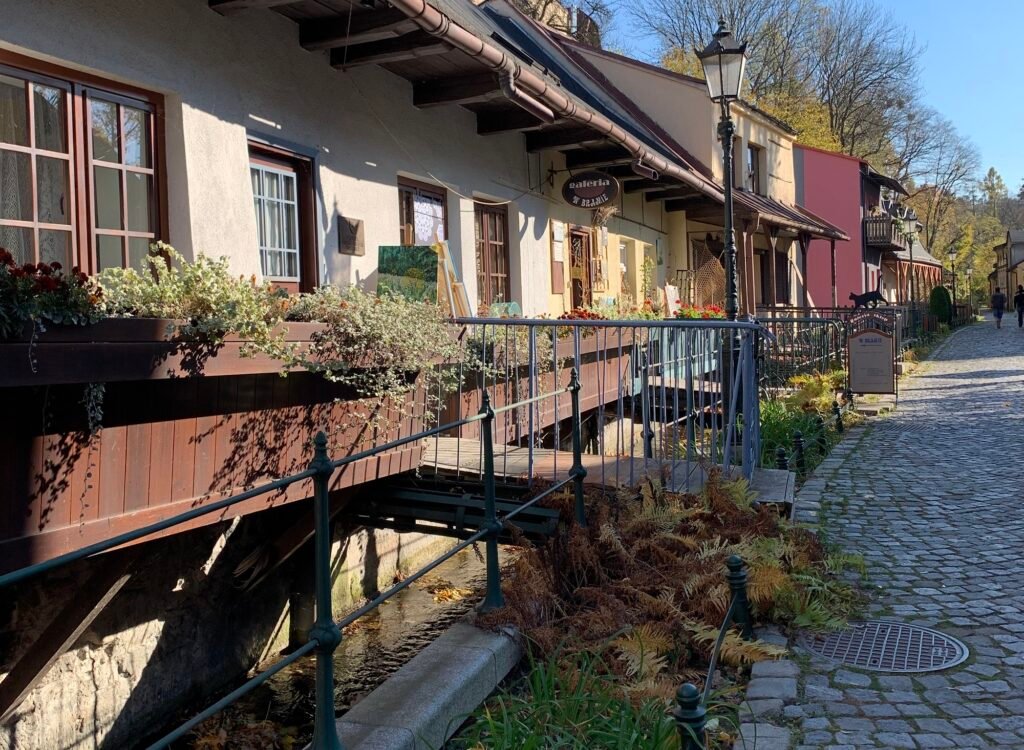
Venice of Cieszyn is a part of the Old Town in Tesin. It is a section of contemporary Przykopa Street which comprises buildings from the 18th-19th century, many of them with bridges over the course of Młynówka.
Open Air Museum
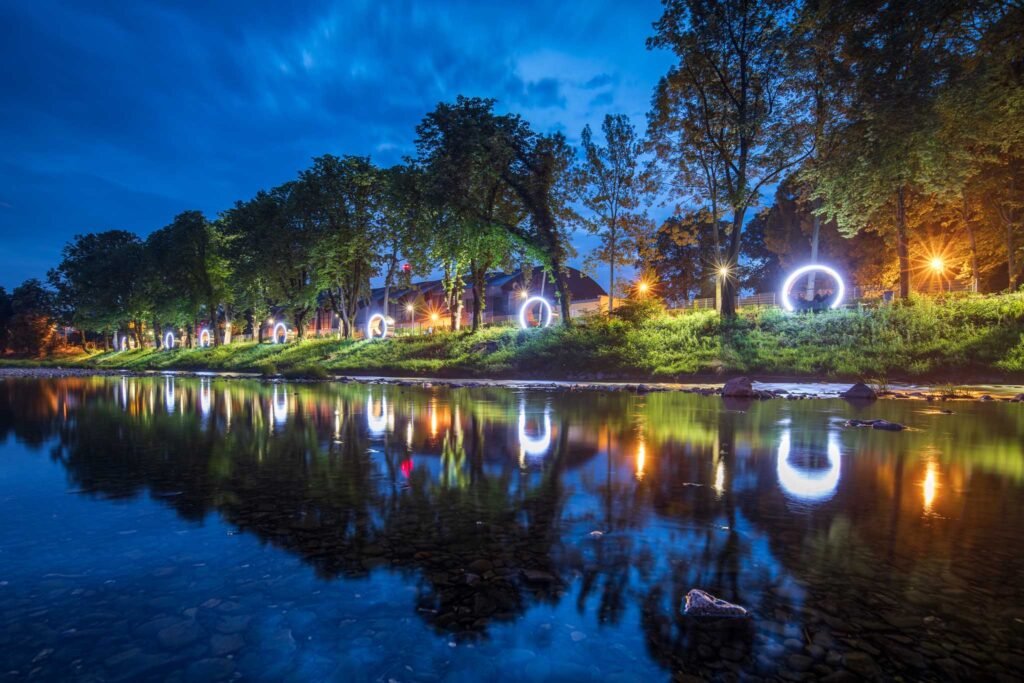
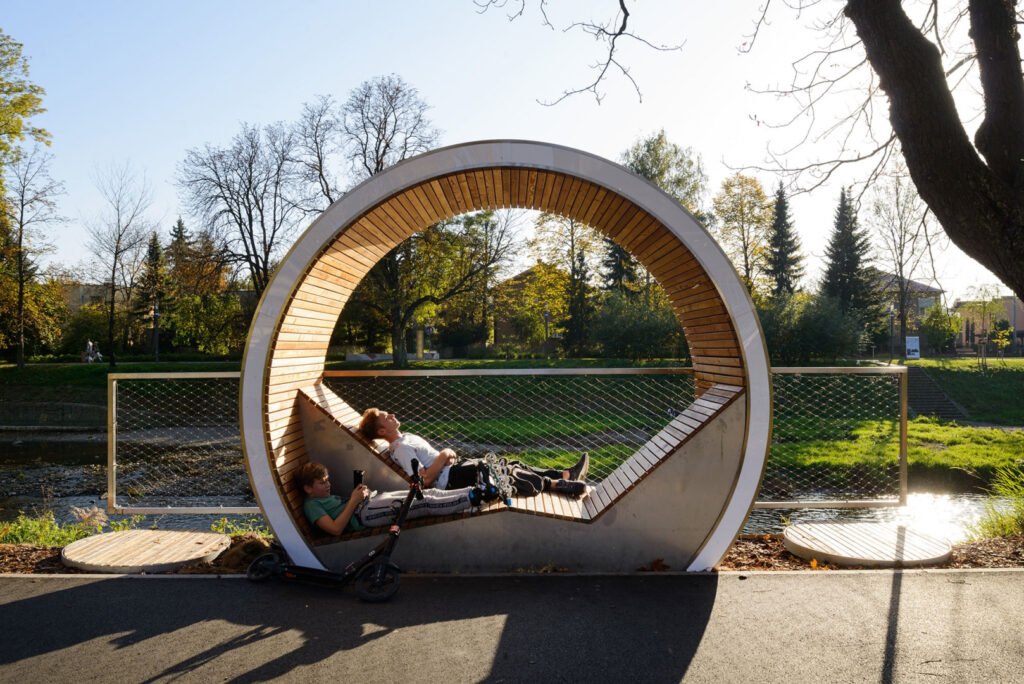
It is a museum with a large outdoor exhibition. The exposition is an ideal place for a quiet walk in the beautiful scenery of the Olše River, introducing the public to the history of the town from the time of the Piast dynasty to the key year of 1920 and the subsequent urban development of the new town of Český Těšín.
The visitor will get a glimpse into the past of the railway station of the Košice-Bohumín railway, learn about the history of the bridges that connect the two towns, gain knowledge about the local nature, the Olše River and many other interesting features of the locality. The exhibition uses both traditional elements such as information boards and modern elements including public lighting, info kiosks, mobile apps, hotspots and more.
The Well of the Three Brothers

The Three Brothers’ Well according to folk tales the meeting place of Bolko, Leszko and Cieszko, the founders of Cieszyn and sons of the legendary King Leszko III. The well was located in the gardens of the Dominican monastery in the 15th century. The neo-Gothic cast-iron pavilion dating from 1868 bears commemorative plaques in Polish and Latin.
Castle Hill
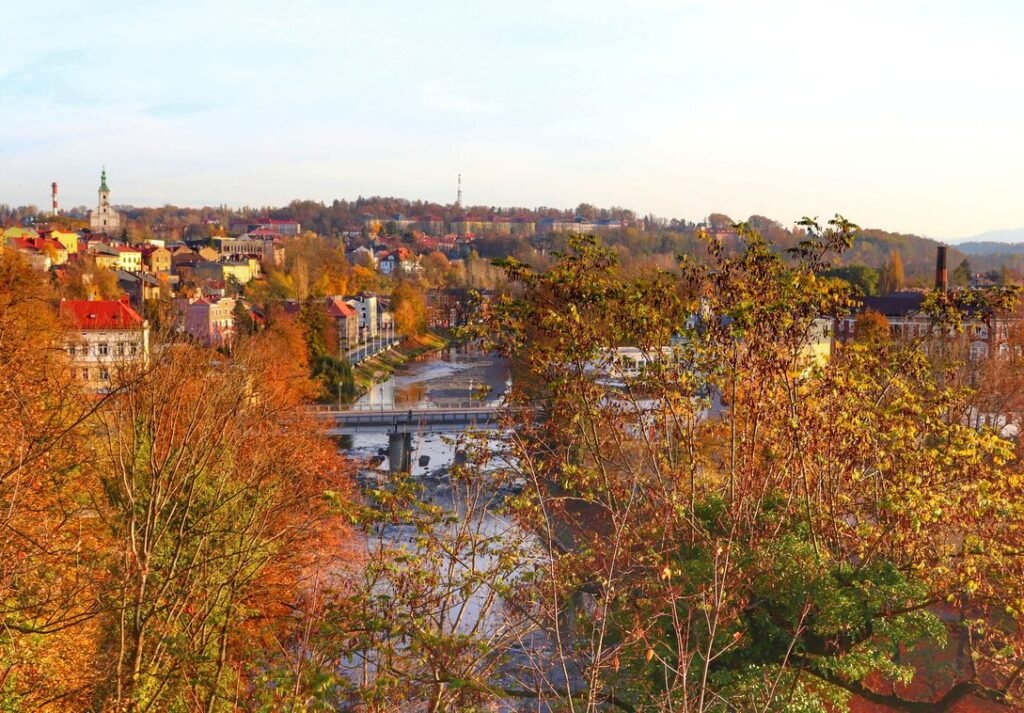
The Castle Hill, which stands out markedly in Cieszyn’s landscape. Park on the Castle Hill stretching between the Romanesque rotunda of Saint Nicholas and the preserved medieval castle tower. Is generally acknowledged to be the oldest part of the town.
Rotunda of St. Nicholas
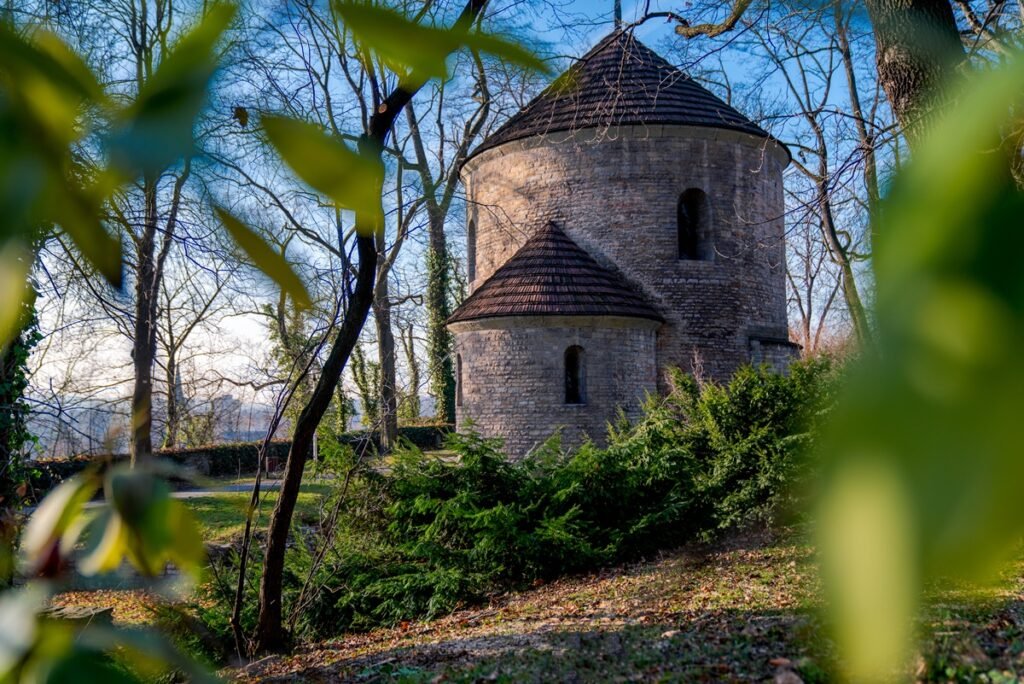
The Rotunda of St. Nicholas in Cieszyn is the oldest and most valuable monument of the Cieszyn Region. Dated to the 11th or 12th century Gothic castle was built on a hill that was originally the seat of the Gołęszyc tribe, and then a center with the rank of a castellany.
Archducal Castle Brewery Cesky Tesin
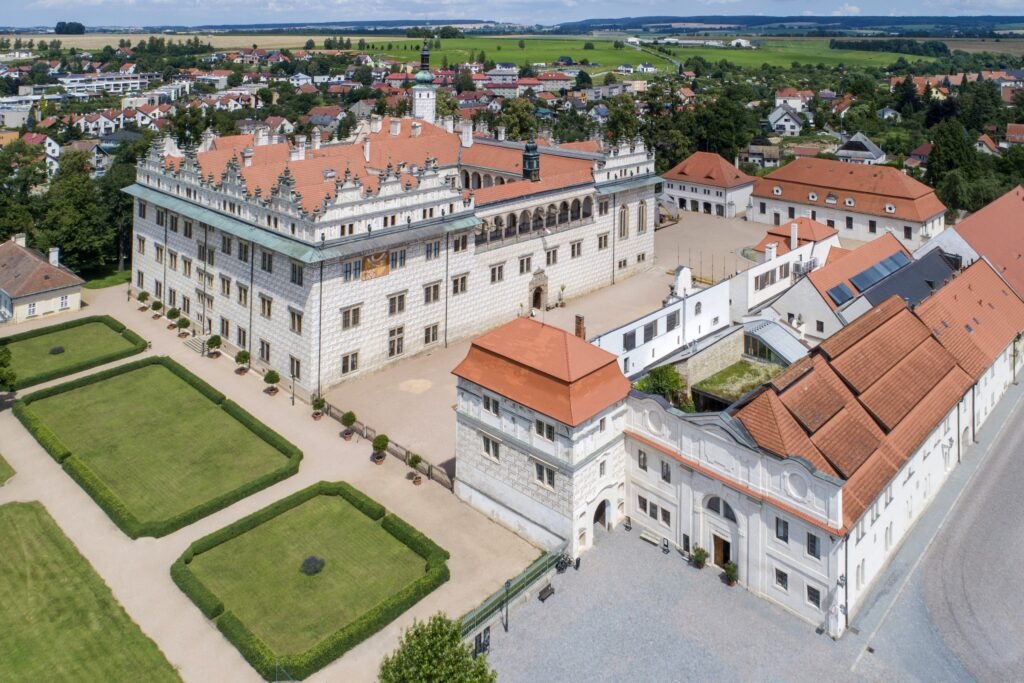
The Archduke’s Castle Brewery in Cieszyn to discontinue the uninterrupted Brewery program, emits devices from the turn of the 19th and 20th centuries. Special historical features reveal the magic of beer, which has been brewed here continuously since 1846, when the brewery was built on the site of an older brewery, ending in the 17th century.
Piast Tower
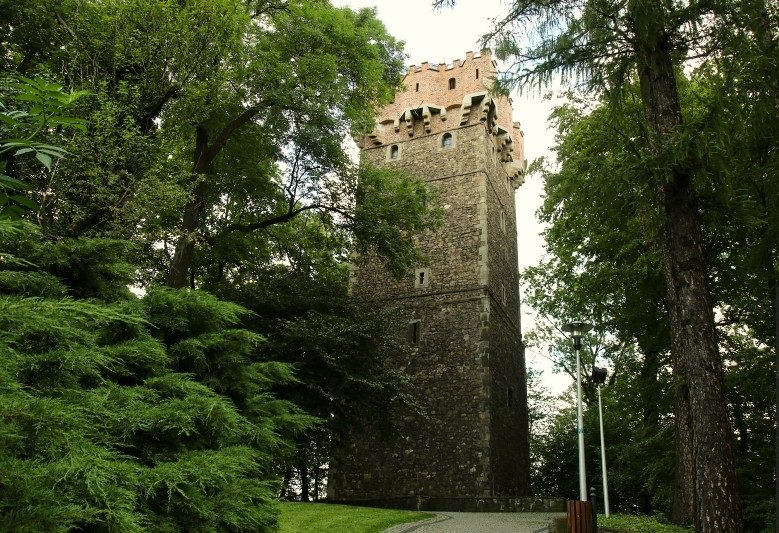
The stone tower, built on a square plan, was built in the 12th or 13th century as part of the castle’s defense system. It is the only remnant of the former castle of the Cieszyn princes. The height of the tower is 24 m. Located on the Castle Hill in Cieszyn, one of four that once existed there.
Adam Mickiewicz Theatre
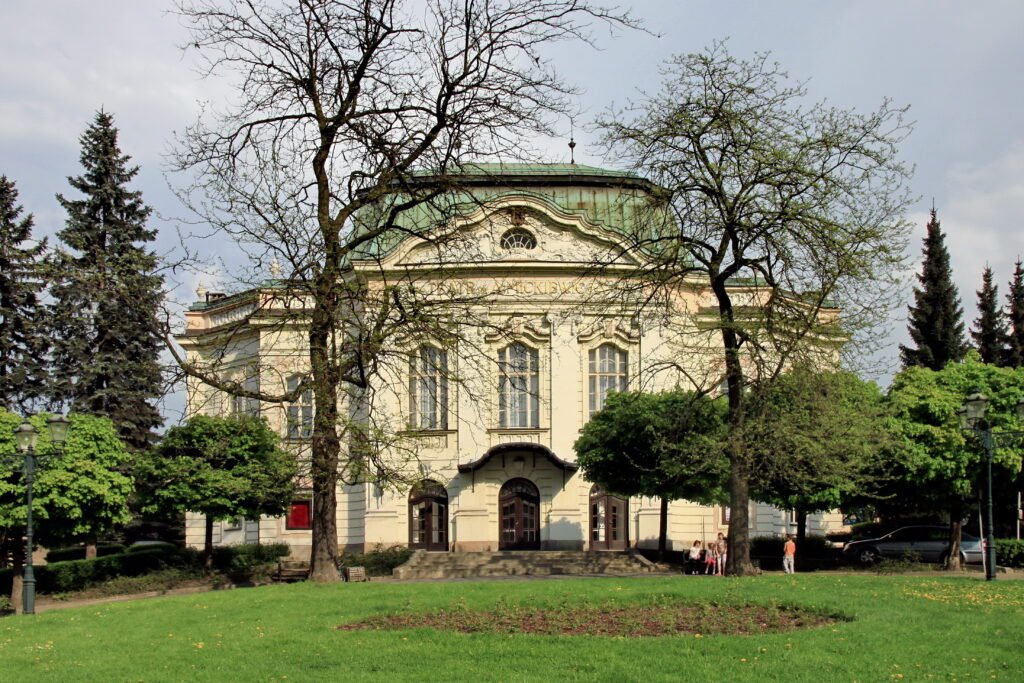
Theatre of Adam Mickiewicz in Cieszyn is a building designed by world-renowned architect Felner and Helmer from Vienna in 1910. Adam Mickiewicz Theatre is a theatre at the Theatre Square of the Old City in Cieszyn. These plays and performances are still performed and various events are held there today.
Church of the Divine Heart of the Lord
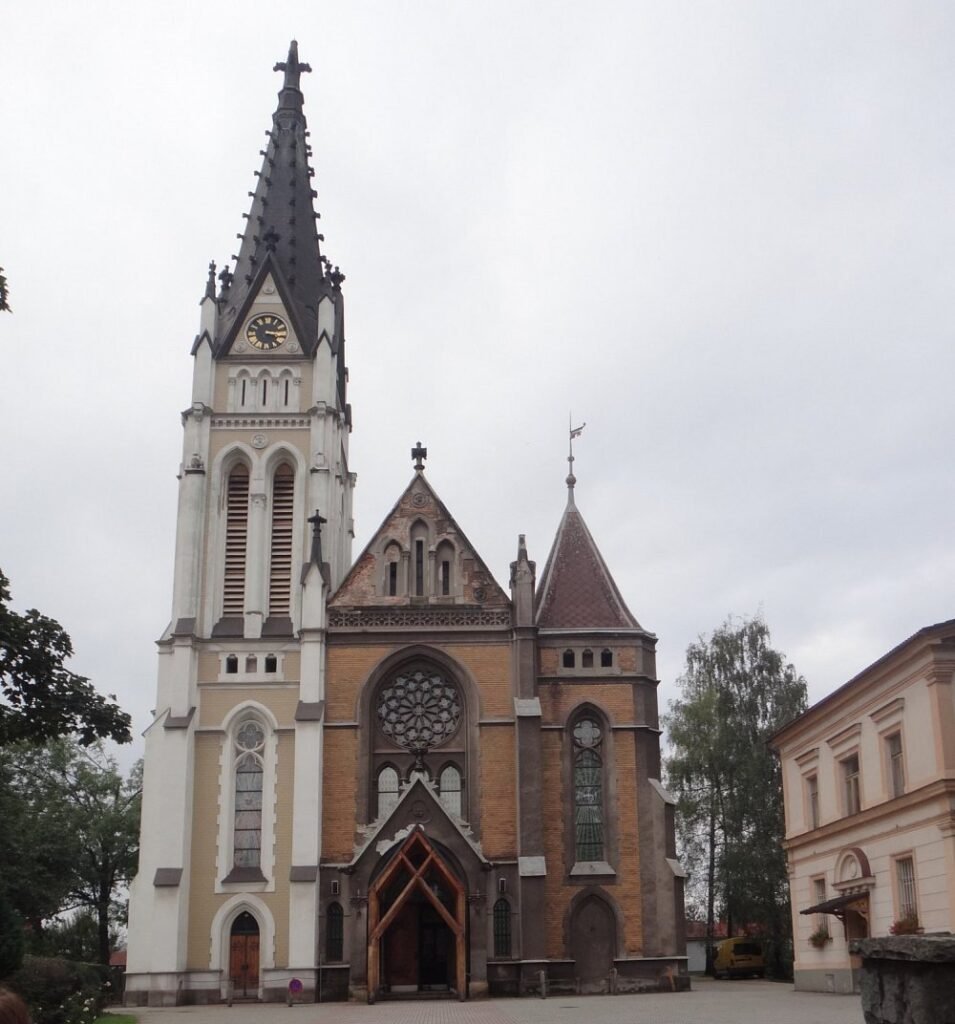
The neo-Gothic church was built according to the plans of the Viennese architect L. Satzký on the initiative of the Jesuits. It was completed and consecrated in 1894. The single-nave building is complemented by symmetrical chapels on both sides and a slender front tower. The beautiful church is also visible from the castle hill. Next to the church we can also see the Masaryk monument.
Lutheran church of the Apostles Peter and Paul

The Evangelical Church of the Apostles Peter and Paul on Niva is the Church of. The church was built on a Greek cross plan according to a design by architect Edward David. The design, which featured neo-Gothic elements, was considered anachronistic at the time of its creation. It was consecrated in 1932. In the church, there is a memorial plaque to Józef Berger in the presbytery.
